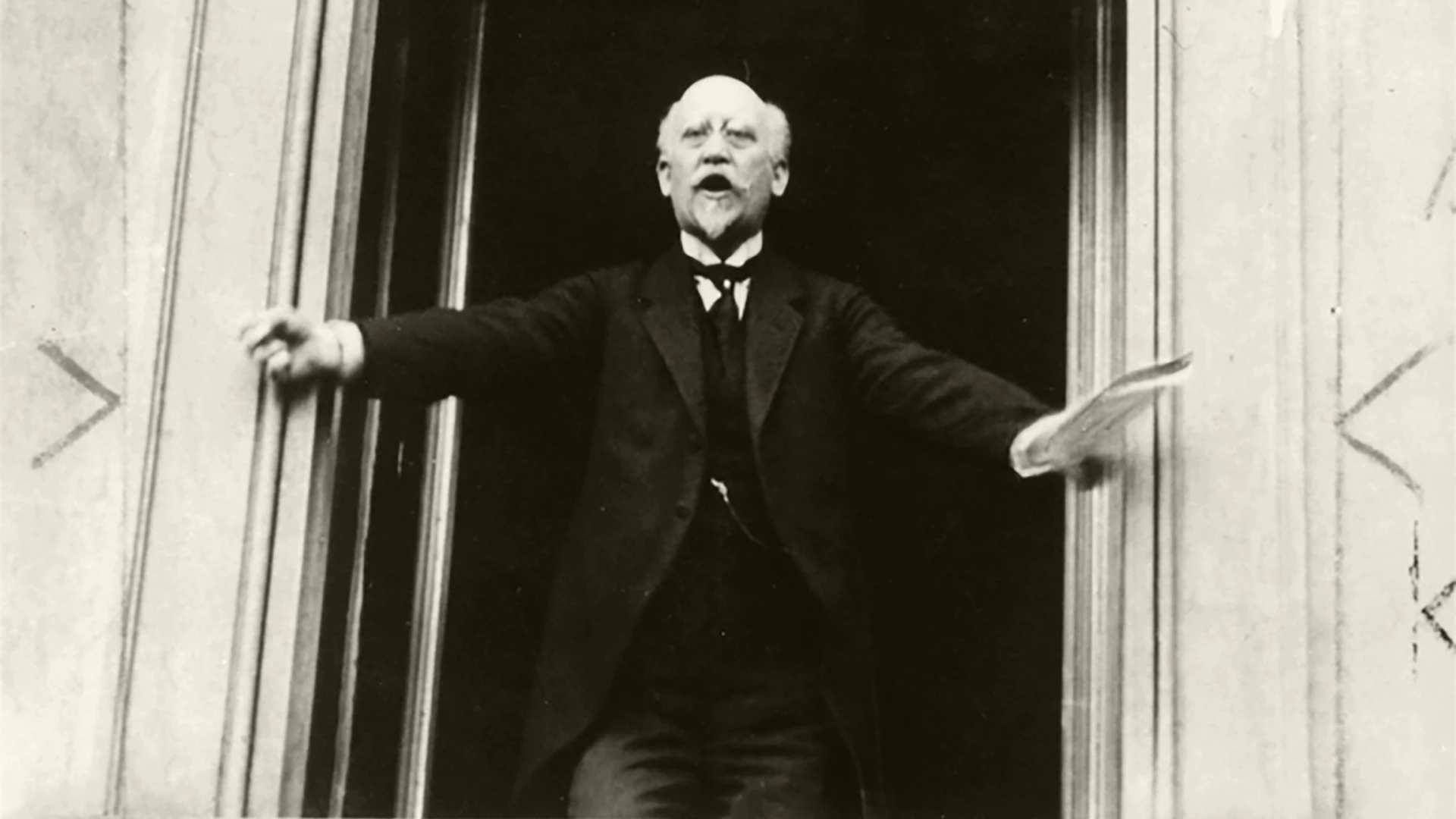Längsschnitt: Revolutionen
The Revolution of 1848/49
Black, red and gold are the colours of the 1848 Revolution, which aims for a unified German Empire with a liberal constitution. As yet, Germany is divided into many individual states, whose princes and kings mostly rule with barely limited power. Now, however, the revolutionaries seem to have prevailed: A freely elected national assembly convenes in Frankfurt’s Paulskirche. But the monarchs’ resistance is too strong and they put the revolution down. Yet it is not a complete failure, for many German states adopt constitutions that give their citizens a greater say now. But they still have a long time to wait for real democracy and state unity. | In this film version, German interviews and historical or literary quotes remain untranslated.
mehr
weniger
sovereign principality, German Confederation, God's Grace, black-red-gold, Hambach Castle, Hambach Festival, liberalism, democracy, democrats, freedom, customs barriers, parliaments, right of co-determination, equality, male suffrage, social justice, industrialisation, pauperism, mass poverty, uprisings, hunger riots, social need, opposition, peoples’ assemblies, demonstrations, Gustav Struve, media revolution, flyers, pamphlets, newspapers, arming the populace, freedom of the press, trial by jury, March demands, railways, peasants, landlords, Berlin, Prussia, revolutionaries, barricades, king, National Assembly, National Assemblies, workers, artisans, social revolution, Frankfurt, St. Paul’s Church, right to vote, Parliament, Parliamentarism, nation-state, constitution, basic rights, civil rights, form of government, parliamentary monarchy, radicals, Friedrich Hecker, republic, Germania, Austria, Vienna, Robert Blum, liberals, Military, censorship, oppression, constitutions, constitutional states, party, parties
Geeignet für die Fächer:
Geschichte


